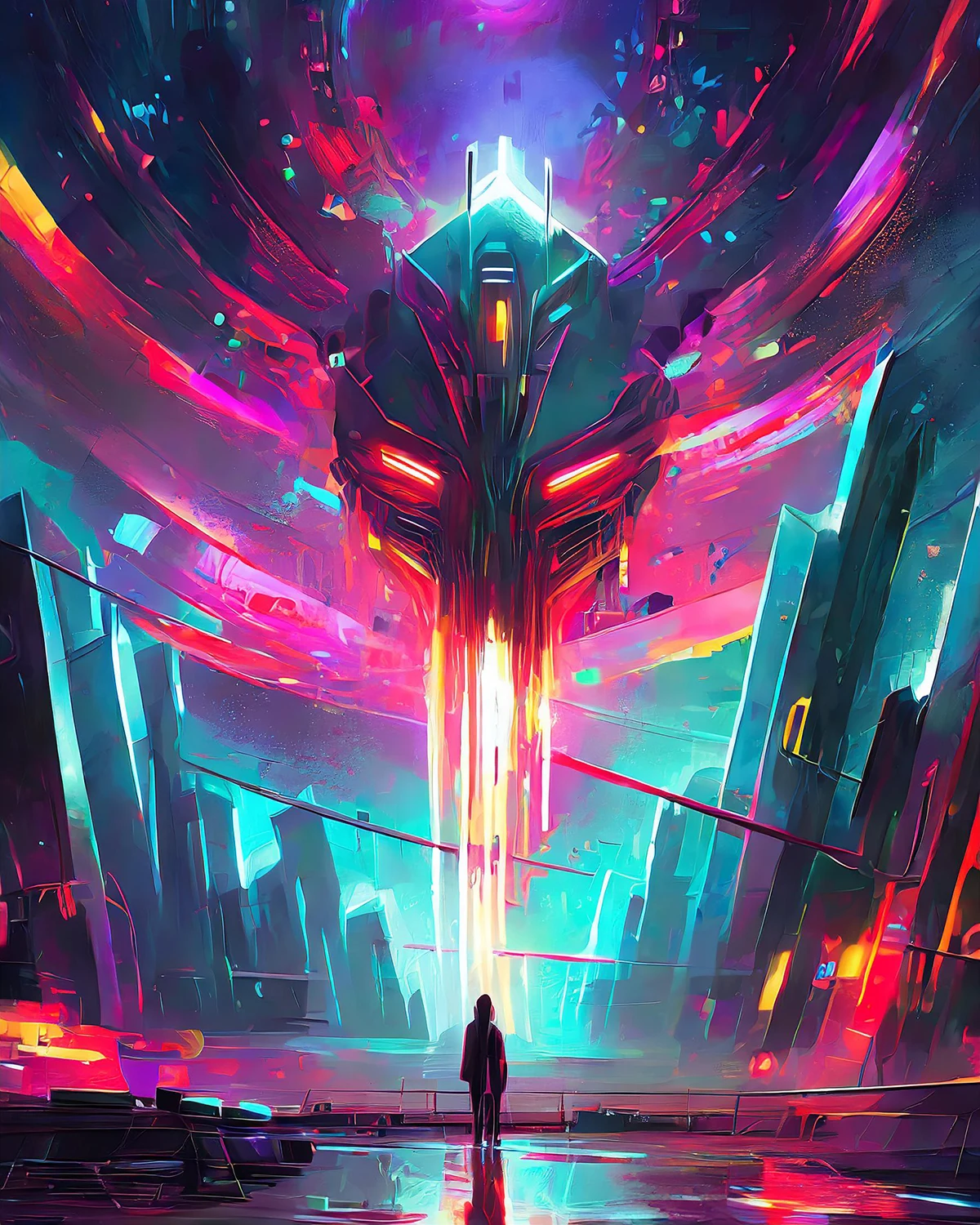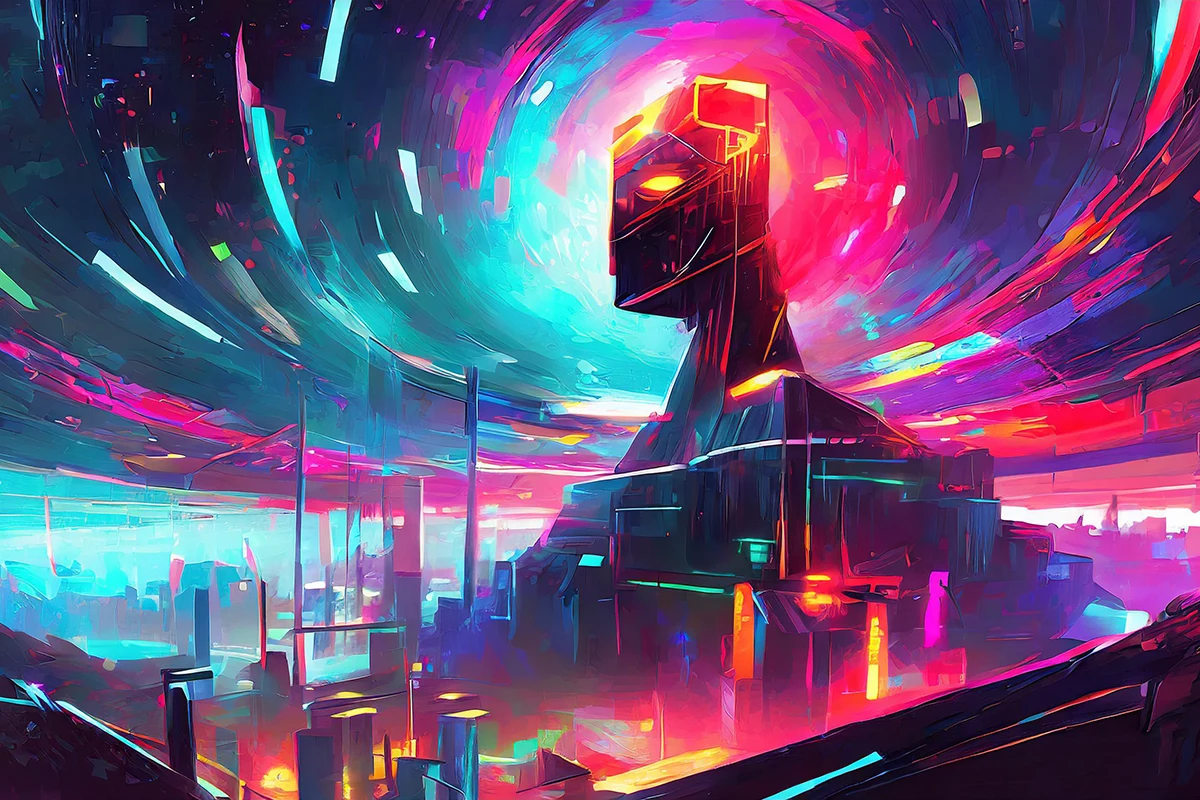The Genesis of Understanding

What began as a practical solution to API rate limits evolved into a profound exploration of human-AI learning symbiosis. The journey started simply enough: frustrated by the constraints of web-based AI interfaces, we set out to build our own messenger UI. Yet as we delved deeper into development, we discovered that the real challenge wasn't just about creating a more efficient interface – it was about fundamentally rethinking how humans and AI could learn together.
The initial breakthrough came from an unexpected direction. While implementing basic file upload capabilities for images and PDFs, we began to notice patterns in how the AI processed and integrated new information. These observations sparked a deeper investigation into the nature of machine learning and human cognition, leading us to question our fundamental assumptions about knowledge systems.

